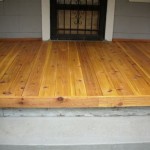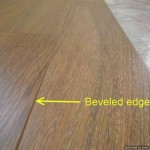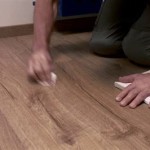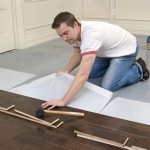Essential Aspects of DIY Laminate Flooring Transition Pieces
When installing laminate flooring, transitions are crucial for creating a smooth and cohesive surface throughout your home. Laminate flooring transition pieces serve as connectors between different flooring types or surfaces, such as doorways, hallways, and uneven levels. Understanding the essential aspects of DIY laminate flooring transition pieces will empower you to achieve a professional-looking and durable finish.
Types of Transition Pieces
There are various types of laminate flooring transition pieces to accommodate different needs:
- T-Molding: Connects two floors of the same height, creating a straight transition.
- Reducer: Transitions between floors of different heights, reducing the transition height.
- End Cap: Conceals the exposed edges of laminate flooring at the end of a run.
- Stair Nose: Provides a safe and clean transition from laminate flooring to stairs.
Materials and Finishes
Laminate flooring transition pieces are typically made from aluminum, vinyl, or wood. Aluminum offers durability and is suitable for high-traffic areas. Vinyl is flexible and cost-effective, while wood provides a natural and warm appearance. The finish of the transition piece should match the style of your laminate flooring, such as brushed, matte, or glossy.
Installation Methods
DIY installation of laminate flooring transition pieces is relatively straightforward. Most transition pieces come with pre-drilled holes and can be secured using nails or screws. It is important to measure and cut the transition pieces to the correct length to ensure a tight fit. Use a miter saw for precise cuts at angles, such as for doorways.
Underlayment and Expansion Gap
Before installing transition pieces, ensure you have laid an appropriate underlayment beneath your laminate flooring. Underlayment provides sound insulation, moisture resistance, and stability. It is also crucial to leave an expansion gap around the perimeter of the transition piece to allow for natural movement of the flooring.
Additional Considerations
To complete your laminate flooring transition installation, consider the following:
- Use a transition piece that is slightly wider than the gap it is bridging to prevent movement.
- Countersink nails or screws below the surface of the transition piece to create a smooth finish.
- Seal the transition piece with a clear sealant or caulk to prevent moisture intrusion.
By following these essential aspects, you can achieve a high-quality installation of DIY laminate flooring transition pieces that will seamlessly connect different flooring types and surfaces, enhancing the overall look and durability of your home.

How To Install A Floor Transition Strip

How To Diy Make Your Own Step Up Transition Strip From Lvp Tile Floor

Building A Custom Floor Transition Threshold Kraftmade

How To Make Your Own Threshold Piece From Leftover Flooring

How To Install Transition Strips In Doorways

How To Install Transition Strips In Doorways

Build A Transition Strip To Make Up Height Between Two Floor Levels

How To Add Floor Trim Transitions And Reducers Young House Love Transition Flooring Kitchen

Installing Laminate Flooring Finishing Trim And Choosing Transition Strips

Installing Laminate Flooring Transition At Sliding Glass Door House Diy
Related Posts








